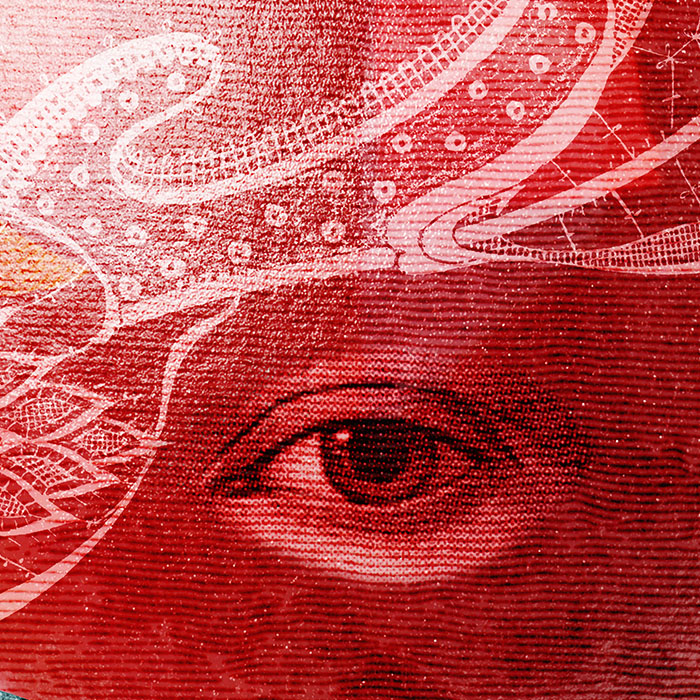Up in my neck of the woods, there used to be a TV commercial for a small, family-owned dairy that bottled whole milk in glass bottles. Their slogan was “You’ve forgotten what real milk tastes like.”
It came to mind this morning when I was standing and looking out the window. It’s a cold October day. Leaves have turned and largely fallen. There’s frost in the mornings. I have been on an internet cleanse for five days now. Today is day six, mostly unplugged. I am emailing and taking care of necessary business things, but that’s all. Get in, get out, don’t look around.
And this morning I am beginning to remember what a real mind feels like!
It seemed to me that I remembered, years ago before the internet—social media, online news, google, youtube, and the whole deal, having an entirely different kind of ordinary, daily mental experience.
I used to feel connected to my life in a simpler way. I’d wake up in the morning feeling clear and focused. I’d read something, some kind of spiritual book or uplifting book, while eating breakfast. Maybe I’d meditate. I’d get my child off to school. At work I’d tackle my jobs in silence, one after the other without distraction, maybe stopping to have lunch or go for a walk, or go to the gym. At the end of the day I felt good about what I’d accomplished and my mind felt clear.
Life felt rich, even when it was difficult and challenging and downright painful. It felt thick with experience, somehow.
Over the last 25 years, living with the internet has created a different kind of mind. One which, (it seems to me) like the taste of plastic-packed skim milk full of chemical additives, bears almost no relationship to the real thing.
To me it feels as though having constant access to the internet through social media, especially, has thinned down my experience of the world and removed quite a lot of its savor.
That quality of my individual relationship with the “real” world has been replaced by a kind of constant, superficial multiplicity of stimulation that is addicting but not really nourishing. Like junk food, which has some food-like items in it, but isn’t actually food.
I had also begun to feel that my ability to remain in a state of trust and faith was being eroded. When you expose yourself to news on the internet, it doesn’t matter which side you’re on, or what your beliefs may be, there is a pervasive aura of “we-must-defend-ourselves-against-wrongdoers” that is so insidious and ubiquitous that it was coloring everything in my mind with a tint of anxiety.
Even the so-called good news, the cute news, the heartwarming wholesome memes, the inspirational quotes, are floating in a river of fearful proclamations. Just scroll down, just swipe right. Just tap mistakenly and bingo.
I read something a while back… I think it’s from Seth, but not sure, that the human body responds in the same way to our fearful thoughts whether the danger is imagined or real, whether it is close by or so far away that there’s nothing we can do about it.
The internet brings the fear of the entire world into our laps and exposes us to it in a way that the human body is powerless to do anything about. And yet the fear-response happens anyway! It puts us into a continual state of nervous fatigue. Some of us, anyway. Me.
I’ve talked about this before, and I suppose I’ll bring it up again. I am a person who can have one drink and leave half of it on the table. I don’t have any problems with alcohol or drugs. I quit smoking over 30 years ago. My food addictions are well in hand.
But my internet addiction was becoming a problem for me AGAIN. So, I’m cutting it out, AGAIN, for the time being. No more social media, no more “research.” No more reading the news or McSweeney’s, or following one or another spiritual teacher. No more idle shopping, funny memes, cute babies or profound blogs (except my own, of course). Right now, I can’t afford it. Right now, I want to be in a state of trust, and I can’t if my mind is tapped into the hive-mind.
Many people can. Maybe you can! I can’t.

